A new study published in the journal One Earth reveals that the way ecosystems collapse—abruptly or gradually—may depend on internal complexity, much like how magnetic materials behave under stress.
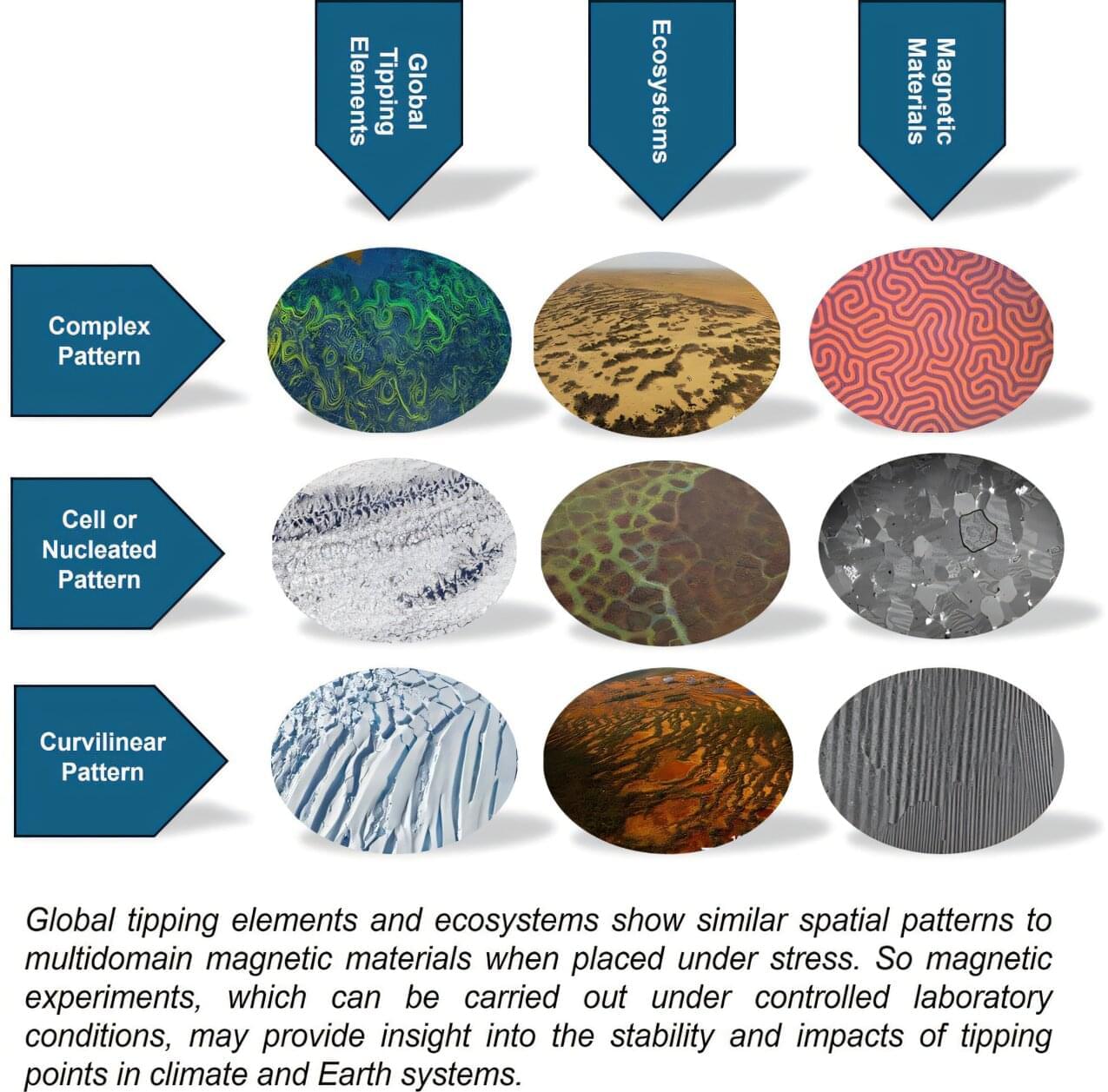

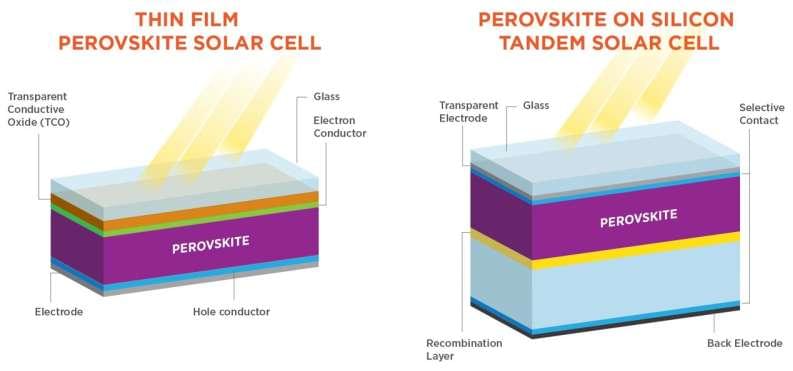

Researchers from the University of Tokyo in collaboration with Aisin Corporation have demonstrated that universal scaling laws, which describe how the properties of a system change with size and scale, apply to deep neural networks that exhibit absorbing phase transition behavior, a phenomenon typically observed in physical systems. The discovery not only provides a framework describing deep neural networks but also helps predict their trainability or generalizability. The findings were published in the journal Physical Review Research.
In recent years, it seems no matter where we look, we come across artificial intelligence in one form or another. The current version of the technology is powered by deep neural networks: numerous layers of digital “neurons” with weighted connections between them. The network learns by modifying the weights between the “neurons” until it produces the correct output. However, a unified theory describing how the signal propagates between the layers of neurons in the system has eluded scientists so far.
“Our research was motivated by two drivers,” says Keiichi Tamai, the first author. “Partially by industrial needs as brute-force tuning of these massive models takes a toll on the environment. But there was a second, deeper pursuit: the scientific understanding of the physics of intelligence itself.”

New research suggests that psychological richness—a life of perspective-changing experiences—may matter just as much as happiness or meaning.
For centuries, scholars and scientists have defined the “good life” in one of two ways: a life that is rooted in happiness, characterized by positive emotions, or one that is centered on meaning, guided by purpose and personal fulfillment. But what if there is another, equally valuable path—one that prioritizes challenge, change and curiosity?
This third dimension, which may result in a more psychologically rich life for some, is being explored in a new study published in Trends in Cognitive Sciences, led by University of Florida psychologist Erin Westgate, Ph.D., in collaboration with Shigehiro Oishi, Ph.D., of the University of Chicago. According to their research, some people prioritize variety, novelty, and intellectually stimulating experiences, even when those experiences are difficult, unpleasant, or lack clear meaning.

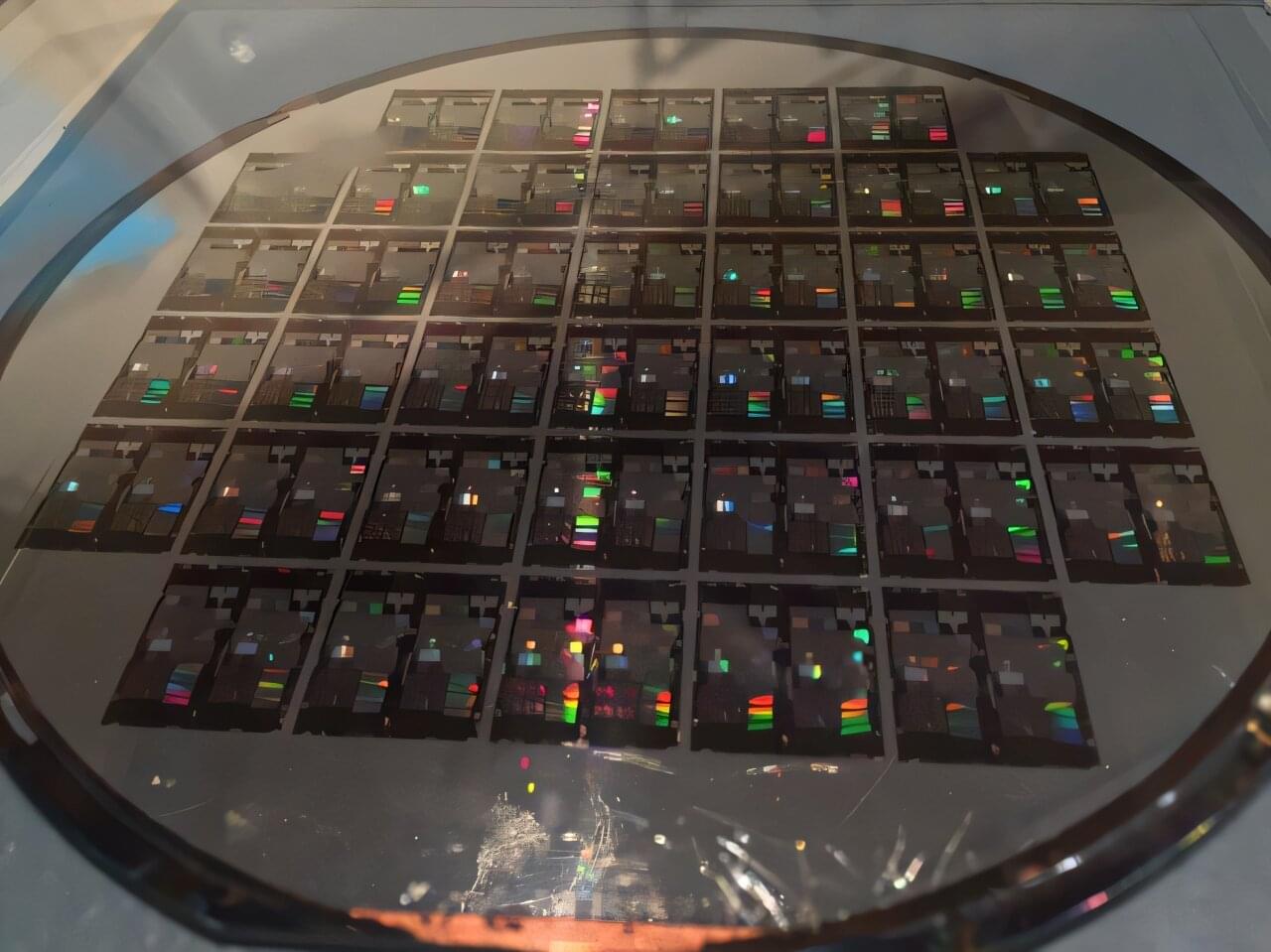
Lasers that are fabricated directly onto silicon photonic chips offer several advantages over external laser sources, such as greater scalability. Furthermore, photonic chips with these “monolithically” integrated lasers can be commercially viable if they can be manufactured in standard semiconductor foundries.
III-V semiconductor lasers can be monolithically integrated with photonic chips by directly growing a crystalline layer of laser material, such as indium arsenide, on silicon substrate. However, photonic chips with such integrated laser source are challenging to manufacture due to mismatch between structures or properties of III-V semiconductor material and silicon. “Coupling loss” or the loss of optical power during transfer from laser source to silicon waveguides in the photonic chip is yet another concern when manufacturing photonic chips with monolithically integrated lasers.
In a study that was recently published in the Journal of Lightwave Technology, Dr. Rosalyn Koscica from the University of California, United States, and her team successfully integrated indium arsenide quantum dot (QD) lasers monolithically on silicon photonics chiplets.
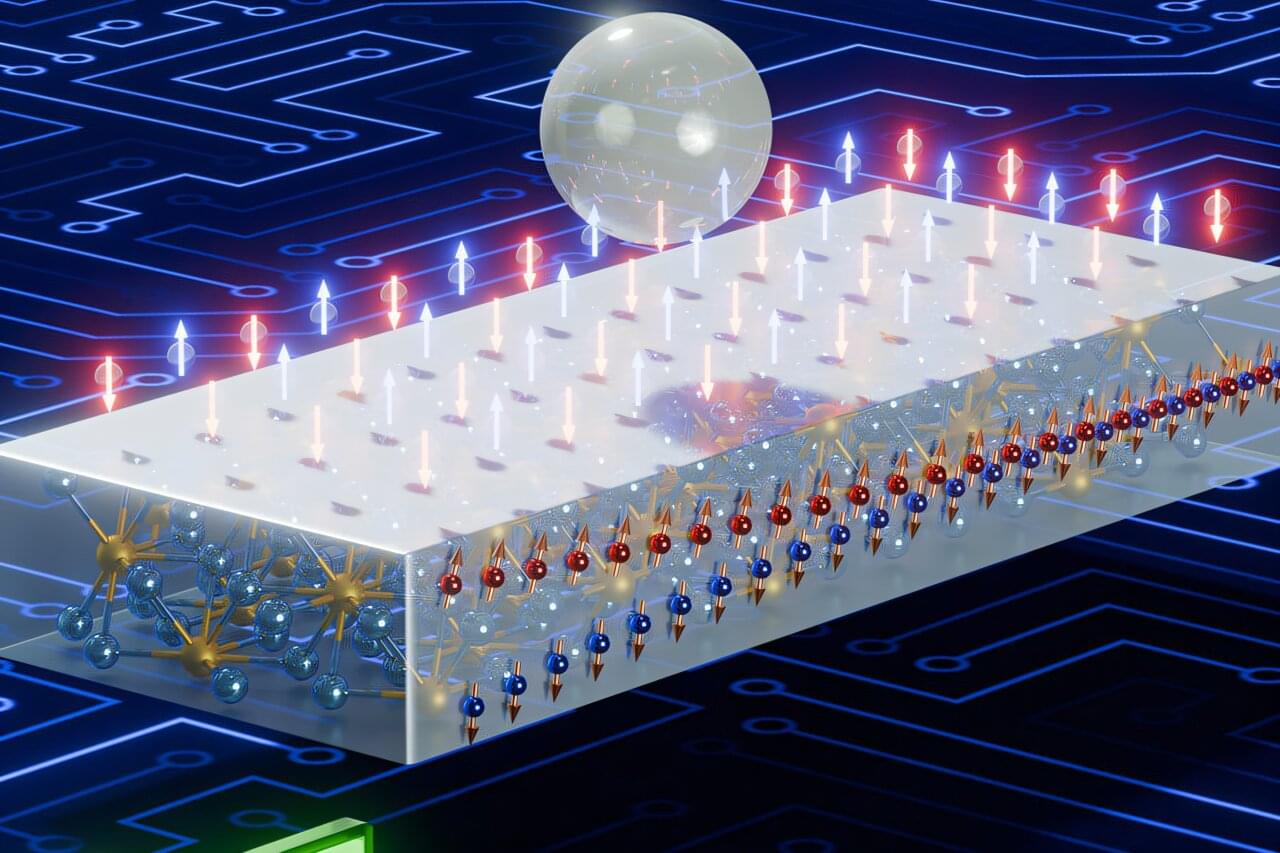
Research from the University of Minnesota Twin Cities gives new insight into a material that could make computer memory faster and more energy-efficient.
The study was recently published in Advanced Materials, a peer-reviewed scientific journal. The researchers also have a patent on the technology.
As technology continues to grow, so does the demand for emerging memory technology. Researchers are looking for alternatives and complements to existing memory solutions that can perform at high levels with low energy consumption to increase the functionality of everyday technology.

An interdisciplinary team working on balls of human neurons called organoids wanted to scale up their efforts and take on important new questions. The solution was all around them.
For close to a decade now, the Stanford Brain Organogenesis Program has spearheaded a revolutionary approach to studying the brain: Rather than probe intact brain tissues in humans and other animals, they grow three-dimensional brain-like tissues in the lab from stem cells, creating models called human neural organoids and assembloids.
Beginning in 2018 as a Big Ideas in Neuroscience project of Stanford’s Wu Tsai Neurosciences Institute, the program has brought together neuroscientists, chemists, engineers, and others to tackle the neural circuits involved in pain, genes that drive neurodevelopmental disorders, new ways to study brain circuits, and more.
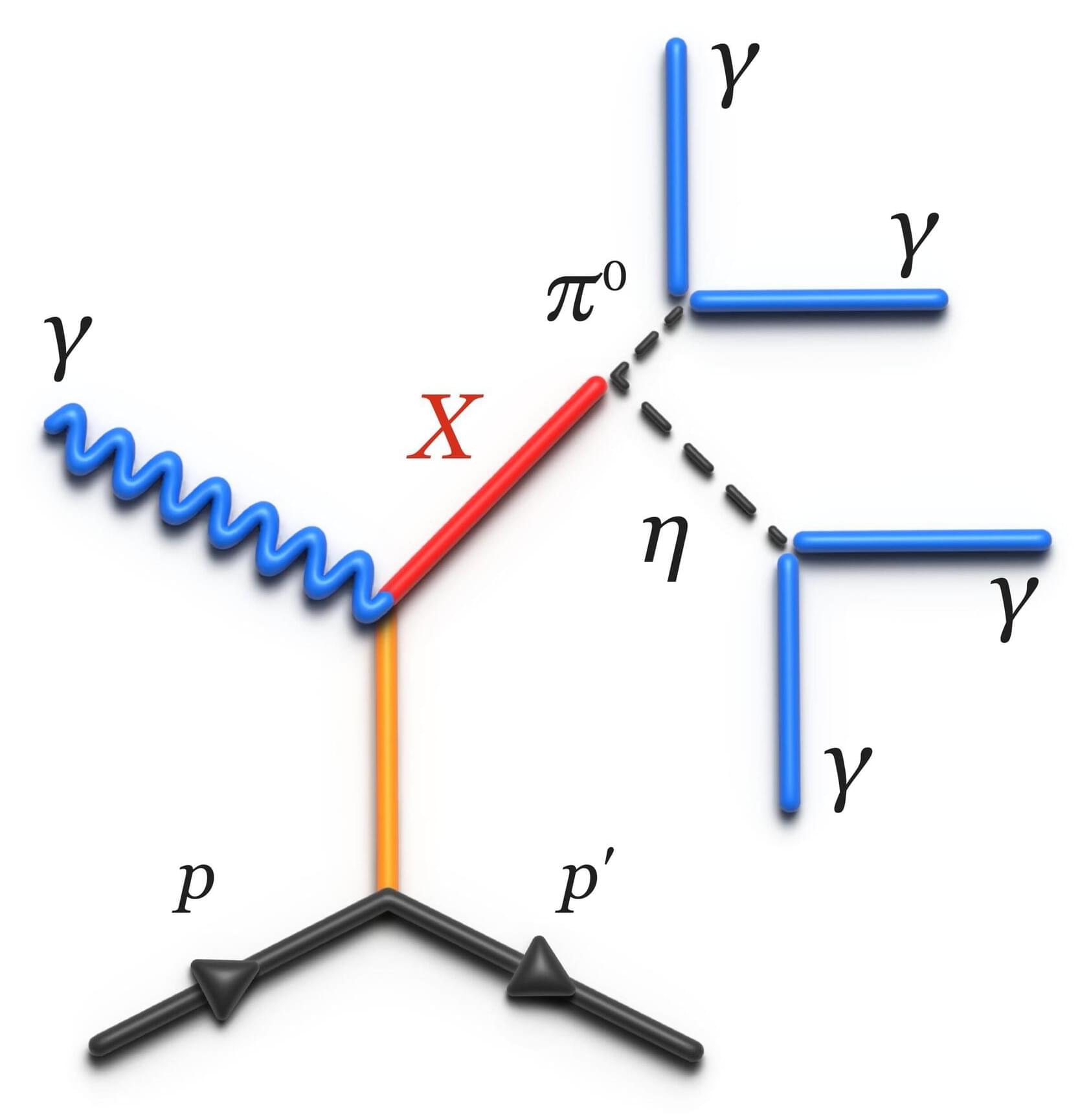
A rather unassuming particle is playing an important role in the hunt for subatomic oddities. Similar to protons and neutrons, mesons are composed of quarks bound together by the strong nuclear force. But these short-lived particles have different characteristics that can reveal new information about the atomic nucleus and how the universe works.
Advancing this understanding could one day enable new discoveries in many fields, ranging from nuclear power to medicine and materials engineering.
The so-called a2 meson is a relatively lightweight system of quarks. It is produced in experiments at the U.S. Department of Energy’s Thomas Jefferson National Accelerator Facility.
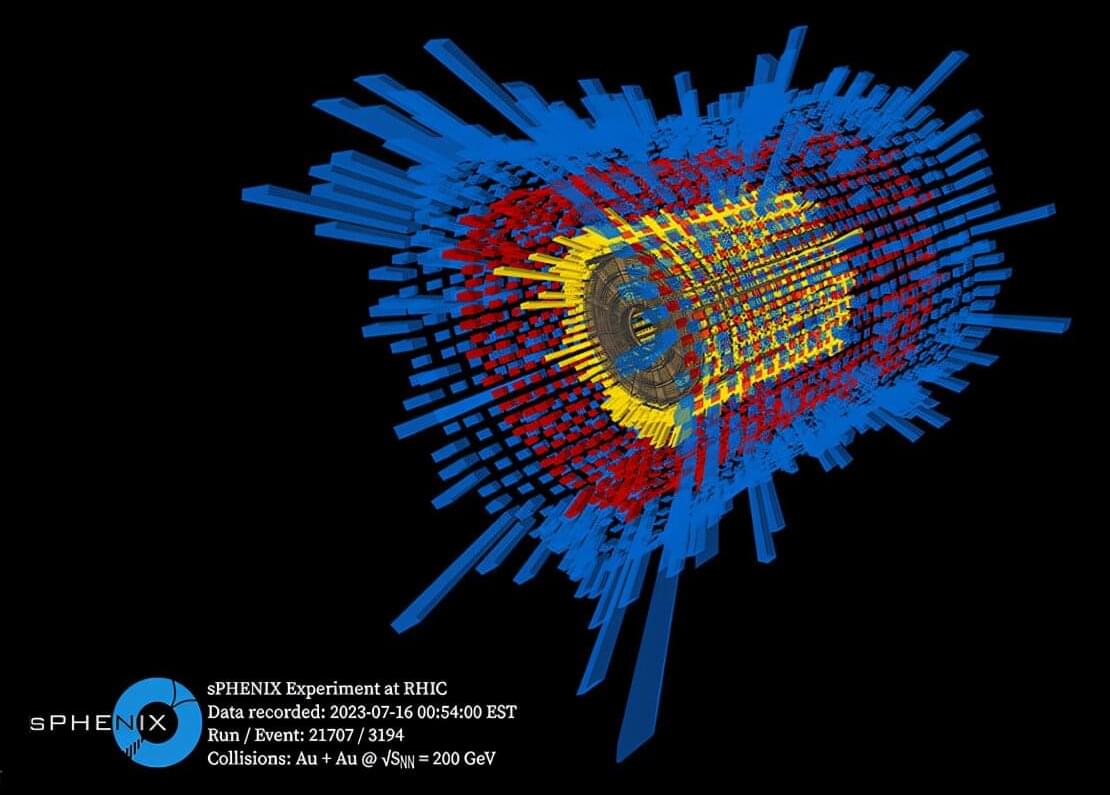
The sPHENIX particle detector, the newest experiment at the Relativistic Heavy Ion Collider (RHIC) at the U.S. Department of Energy’s (DOE) Brookhaven National Laboratory, has released its first physics results: precision measurements of the number and energy density of thousands of particles streaming from collisions of near-light-speed gold ions.
As described in two papers recently accepted for publication in Physical Review C and the Journal of High Energy Physics, these measurements lay the foundation for the detector’s detailed exploration of the quark–gluon plasma (QGP), a unique state of matter that existed just microseconds after the Big Bang some 14 billion years ago. Both studies are available on the arXiv preprint server.
The new measurements reveal that the more head-on the nuclear smashups are, the more charged particles they produce and the more total energy those firework-like sprays of particles carry. That matches nicely with results from other detectors that have tracked QGP-generating collisions at RHIC since 2000, confirming that the new detector is performing as promised.